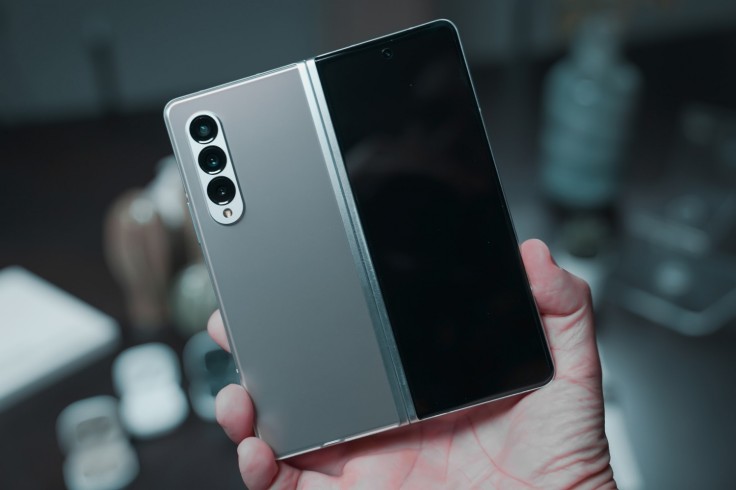
Software updates on your smartphone should improve your phone's performance. However, that is not always the case. Sometimes, after an update, some bugs may show up while the older ones were meant to be patched. One of these issues is an unresponsive or frozen screen. Fixing this issue is quite easy.
It is always best to stay calm if your touch screen freezes or does not respond to touch. Even if it is completely black, it does not necessarily mean something is wrong with your screen or phone. Sometimes, this simply means that the phone is misbehaving due to some apps or some glitches.
You do not have to run to the nearest service center to have your phone fixed immediately. These simple troubleshooting steps could be all you need to do.
Samsung Galaxy Touch Screen Not Working After Update? 5 Ways to Repair
5. Force a Reboot
This one is the umbrella solution for a lot of common Samsung smartphone problems. Simply press and hold the Volume Down and Power key for seven to 10 seconds, Samsung instructed. This initiates a forced reboot or soft reset.
If your smartphone does not have a dedicated Power key, go ahead and press and hold the Volume down key and Side key for seven to 10 seconds.
Once your phone is back on, test out your screen for its responsiveness.
4. Optimize Smartphone Performance
The Device care feature is Samsung's solution to an improved overall performance for their Galaxy smartphones. What this feature does is scan the device for wasted storage space and other potential issues, Samsung explained.
To access this feature, open Settings and tap on Device care. After that, tap on Optimize now. This should be able to help mitigate any freezing or lagging of your display.
Read Also: Galaxy Buds 2 vs. AirPods Pro 2: Should You Wait for Apple Earbuds or Buy Samsung's Now?

3. Reboot the Phone in Safe Mode
If the problem still persists, it is best to run a diagnostic on your phone by rebooting in Safe Mode. To do this, turn off your device then power it on. When the Samsung logo shows up by itself, go and press and hold the Volum Down key. The device will initiate Safe Mode and it will be displayed on the bottom left of the screen as well.
Check if the screen works while in Safe Mode and if so, an app is most likely causing the issue. Go ahead and remove recently downloaded apps one by one until the problem is fixed.
If the problem persists when your phone is running in Safe Mode, then the problem may not be app-related.
Exit Safe Mode by restarting your device.
2. Inspect the Phone for any External Damage
Any external damage on your device can hint at possible internal damage that could be causing issues for your display. If this is the case, then it is best to have your phone checked out by an expert to see if there is anything that can be done to save your data.
1. Back up and Factory Reset
This one should be the last resort for troubleshooting mobile phones. If you can still back up your device by plugging it into a computer, or if it is backup via a microSD card, ensure it is safely stored. If you have made a habit of backing up data to the cloud, even better.
A factory reset can vary from different Android OS versions but you simply need to head to Settings > Management > Reset. If Factory data reset is an available option, tap on it, then scroll to the bottom and select Reset and confirm the decision by tapping on Delete All.
Do not attempt any fixes yourself that you are not confident in performing or do not have the expertise to do so. You may do more damage than good.









